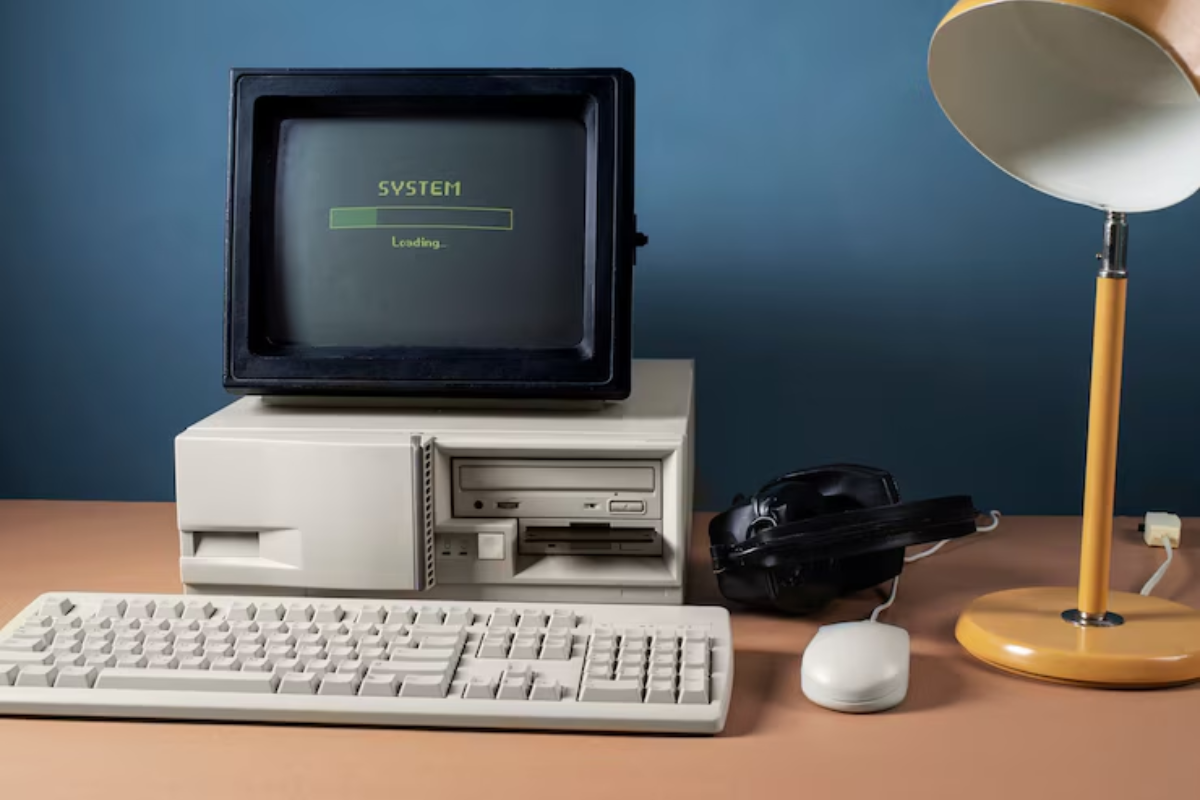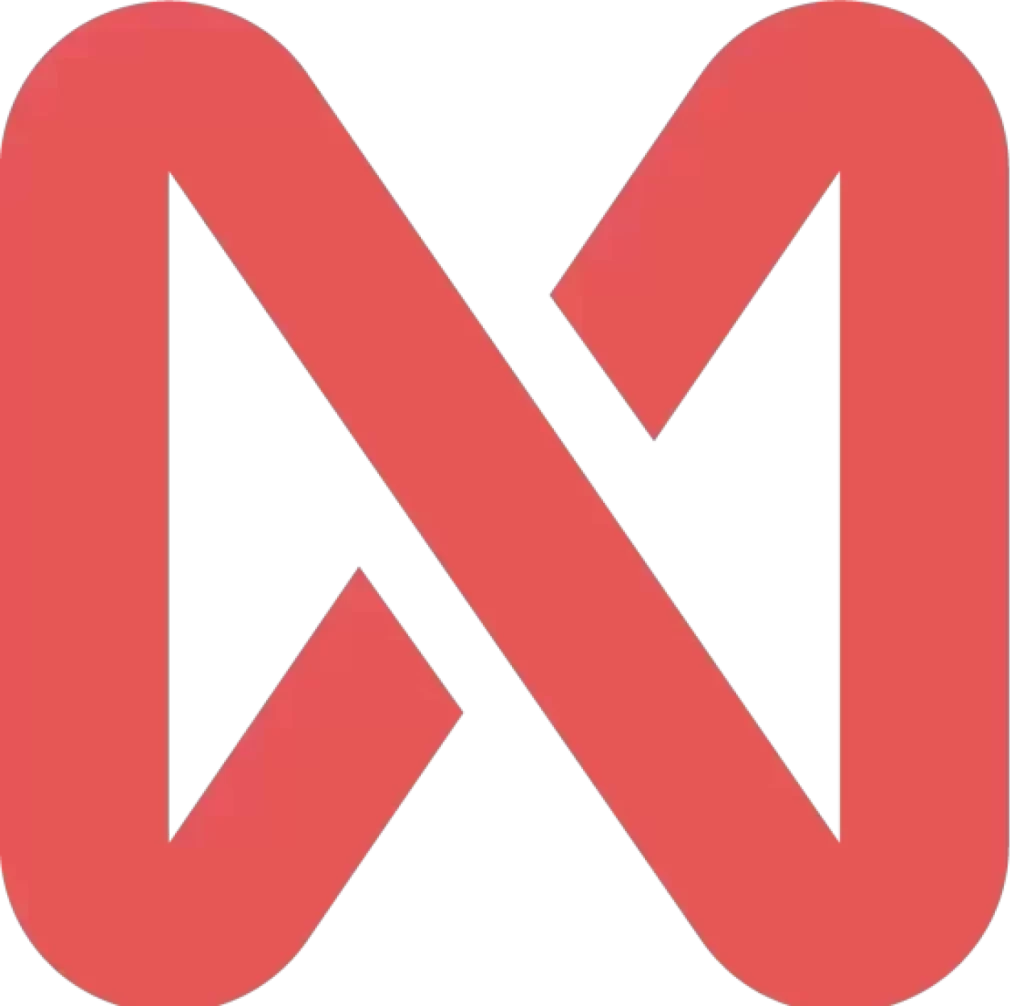A lot of systems out there are still running on programming languages that are no longer actively supported. At first glance, sticking with these systems might seem like a smart way to save money — after all, if it works, why change it? But behind that surface-level stability lie some serious risks, rising costs, and a gradual loss of competitiveness.
Most programming languages have long life cycles, often 20 to 30 years, but that doesn’t mean they stay relevant forever. According to Codefinity (2023), a lack of updates, lost of community support, and the constant release of new languages all contribute to they becoming “legacy” tech.
It’s worth noting that “legacy” isn’t necessarily a bad word. It just means a language is no longer the go-to choice for new projects. Even if usage drops off, legacy languages can still play an important role in maintaining and adapting existing systems.
Examples include COBOL, created in 1959 and still widely used in banks and government systems; PHP, once hugely popular but now often replaced by TypeScript; and Delphi, a big name in the ‘90s that’s rarely seen today.
With that in mind, NextAge put together this post to break down the hidden risks of running outdated systems — and to share two smart strategies to modernize without breaking operations (or the bank account).

Why Outdated Systems Are a Real Risk
Even if your system seems fine on the surface, the underlying issues can grow over time:
- Security vulnerabilities: Old systems stop receiving security updates. That makes them easy targets for cyberattacks, data breaches, ransomware, and fraud. A well-known example is the WannaCry attack from 2017, which spread through outdated Windows systems lacking security patches.
- Lack of available talent: As time goes on, outdated languages disappear from university courses and bootcamps. That means fewer developers know — or want to work with — these technologies. According to a 2023 StackOverflow survey, fewer than 1% of developers still use languages like COBOL in their day-to-day work.
- Integration issues: In today’s software world — filled with APIs, cloud services, automation, and AI — outdated systems struggle to connect with modern tools.
- Innovation bottlenecks: Teams waste time on patching problems instead of building new features. That keeps your team reactive instead of proactive — chasing problems instead of leading your market.
Two Smart Strategies to Modernize Your Tech Stack

Depending on your goals and resources, there are two main ways to reduce risk and move forward: one is more robust and future-proof, while the other is faster and more budget-friendly.
Strategy 1: State-of-the-Art Migration – Modern Architecture, Built for Growth
This is the go-to approach for companies aiming to fully upgrade their tech stack, looking for the future. It usually requires a bigger investment and strategic alignment — and it’s especially useful when the current system is blocking innovation.
Here’s what you can use:
- Strangler Pattern: Gradually replace parts of the system without disrupting operations.
- Microservices / Modular Architecture: Split responsibilities to improve scalability.
- REST or GraphQL APIs: Standardize communication between old and new components.
- Docker + Kubernetes: Make services portable and scalable.
- CI/CD (e.g., GitHub Actions, GitLab CI): Automate testing and deployment.
- Modern monitoring tools: Use Prometheus, Grafana, Sentry, or Datadog to track performance and errors.
- Automated testing (JUnit, Jest, Cypress, Playwright): Ensure every migration step keeps the system stable.
With this approach, you get modern infrastructure, better performance, stronger security, and clean, future-ready code — along with a serious reduction in tech risk.
Strategy 2: Accelerated Migration – Fast, Focused on Risk and Maintenance
If you’re looking for a faster, more practical solution, this might be the better fit. It’s ideal for companies with limited time or budget, especially if the current system still meets the business’s basic needs.
Here’s how to approach it:
- Bridge Adapters or API Gateways (e.g., Kong, Express Gateway): Link old and new systems through intermediaries.
- Targeted refactoring with parsing tools (Tree-sitter, ANTLR): Modernize legacy code without rewriting everything.
- Virtualization (e.g., Docker): Run old systems in modern environments.
- Incremental language upgrades: Move from version X.X to Y.Y in small steps (e.g., Java 8 → 11 → 17).
- Transpilers and polyfills (e.g., Babel for JS): Maintain compatibility without rewriting all your code.
- Lightweight monitoring (e.g., Elastic Stack, Uptime Kuma): Keep an eye on legacy modules to catch issues early.
You can also focus on rewriting just the most critical or vulnerable modules, or create wrappers around old functions to ease transitions — all while keeping dependencies working.
This strategy offers quick risk reduction, a smaller upfront investment, and minimal disruption to your operations.
So, Which Path Should Will You Choose?

The right move depends on your business context, the system’s strategic role, your budget, and how urgent the risks are. But one thing’s clear: doing nothing isn’t an option!
If you’re not sure about where to start, our team can run a full technical assessment and help you choose the best path — with data, planning, and peace of mind.
Want to find out which strategy fits your situation? Talk to NextAge and check out our success stories in modernizing critical systems.






